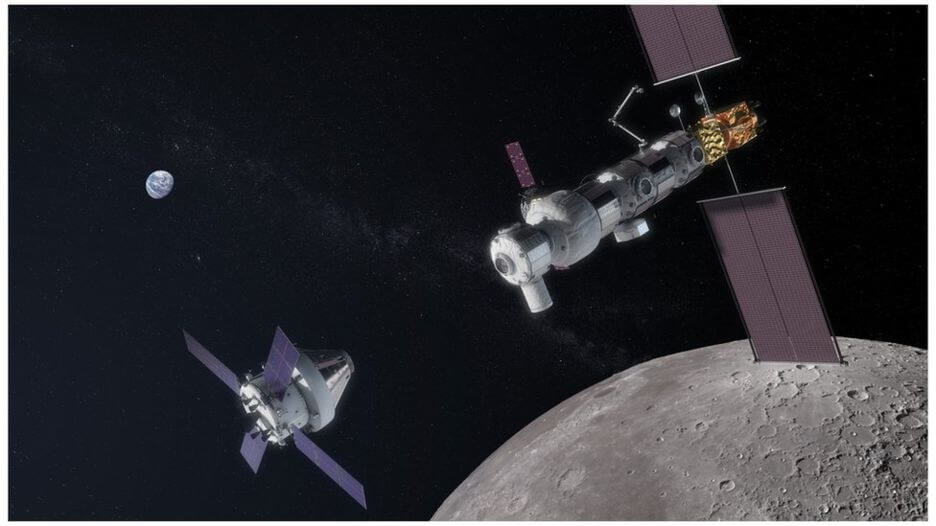What just happened? NASA has made clear their plans to return humans to the Moon in the coming decade and one of their first steps to doing so involves the creation of the Gateway space station. This week, Canadian Prime Minister Justin Trudeau confirmed that Canada have now become NASA's first international partner for the endeavor.
At a press conference at the Canadian Space Agency's headquarters in Montreal this week, Prime Minister Justin Trudeau confirmed that Canada will contribute US$1.5 billion to NASA's Lunar Space Station, known as Gateway.
NASA wants to get humans back to the lunar surface in the 2020s, and a crucial part of that plan is building the new Gateway station in lunar orbit. Gateway will act as a staging post for lunar landings, with a habitable environment for astronauts to occupy for between 30 to 60 days.
And just as they did when formulating the International Space Station, NASA have been seeking international partners for their latest mini-space station, and they have welcomed Canada as their first partner.
Speaking of the move, NASA administrator Jim Bridenstine said "NASA is thrilled that Canada is the first international partner for the Gateway lunar outpost." He continued, "ournew collaboration on Gateway will enable our broader international partnership to get to the Moon and eventually to Mars."
Canada have promised the US$1.5 billion as part of a 24-year commitment, and will build a new iteration in their series of 'Canadarm' robotic arms. Canadarm 1 and 2 played crucial roles in the building and maintenance of the ISS and more recently carried out important repairs to the Hubble telescope. Now, Trudeau has confirmed that a Canadarm3 will be developed to help build Gateway.
Canada has always been an important, if not slightly low-key, player in space-faring missions. They were the third country to launch a satellite into orbit in 1962 and have supported the ISS since its inception. Speaking of this latest partnership, Trudeau said, "our participation in the lunar gateway ushers in a new era of Canadian excellence in space."
